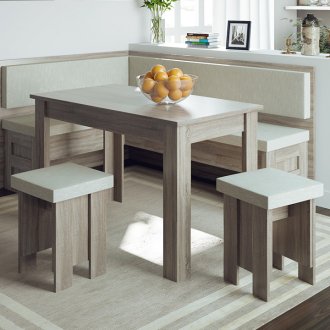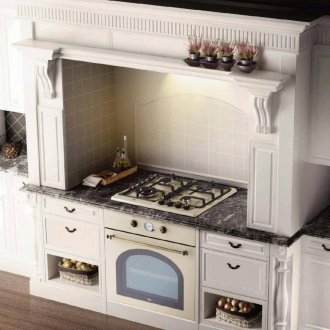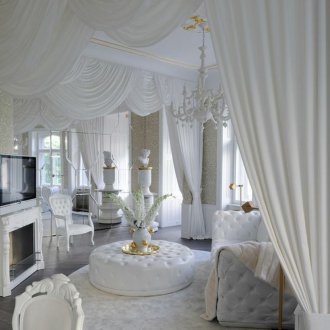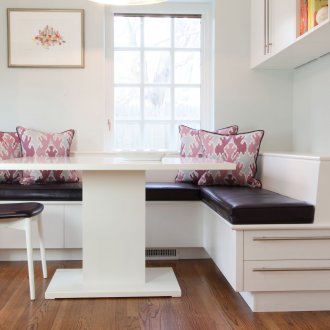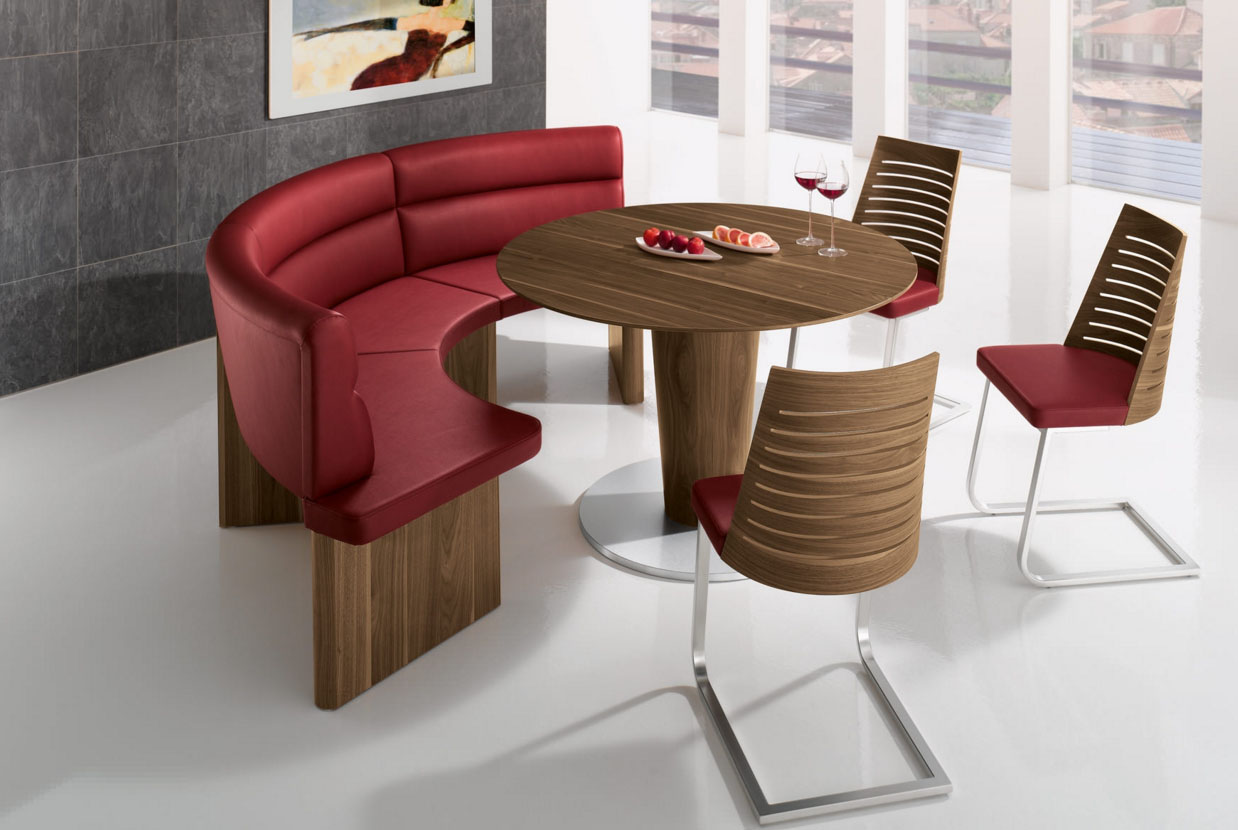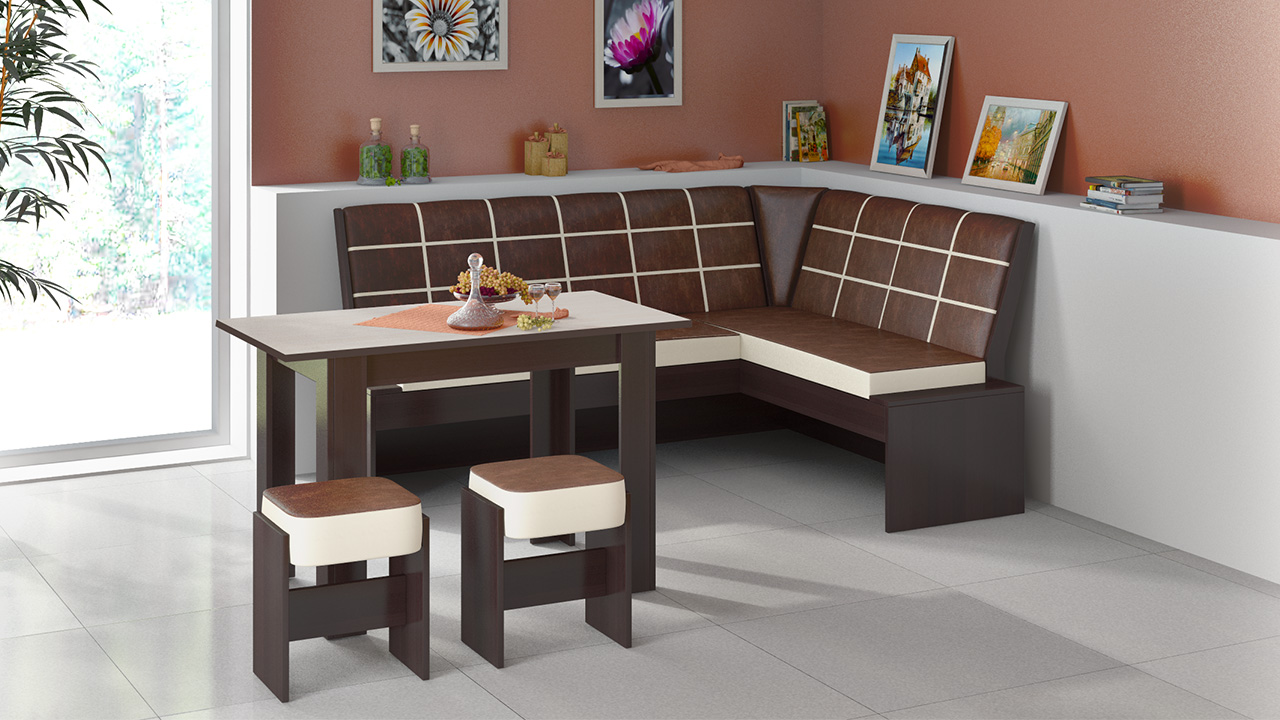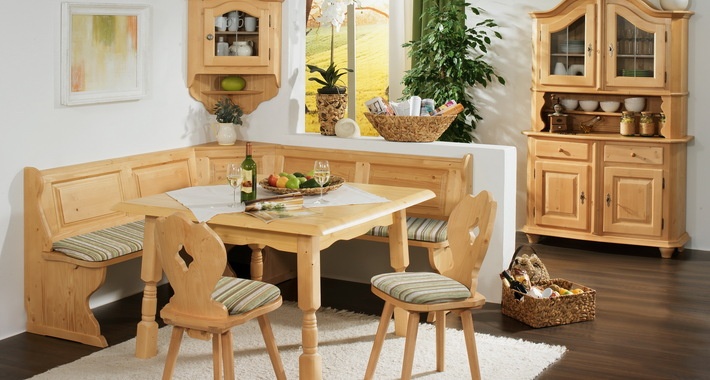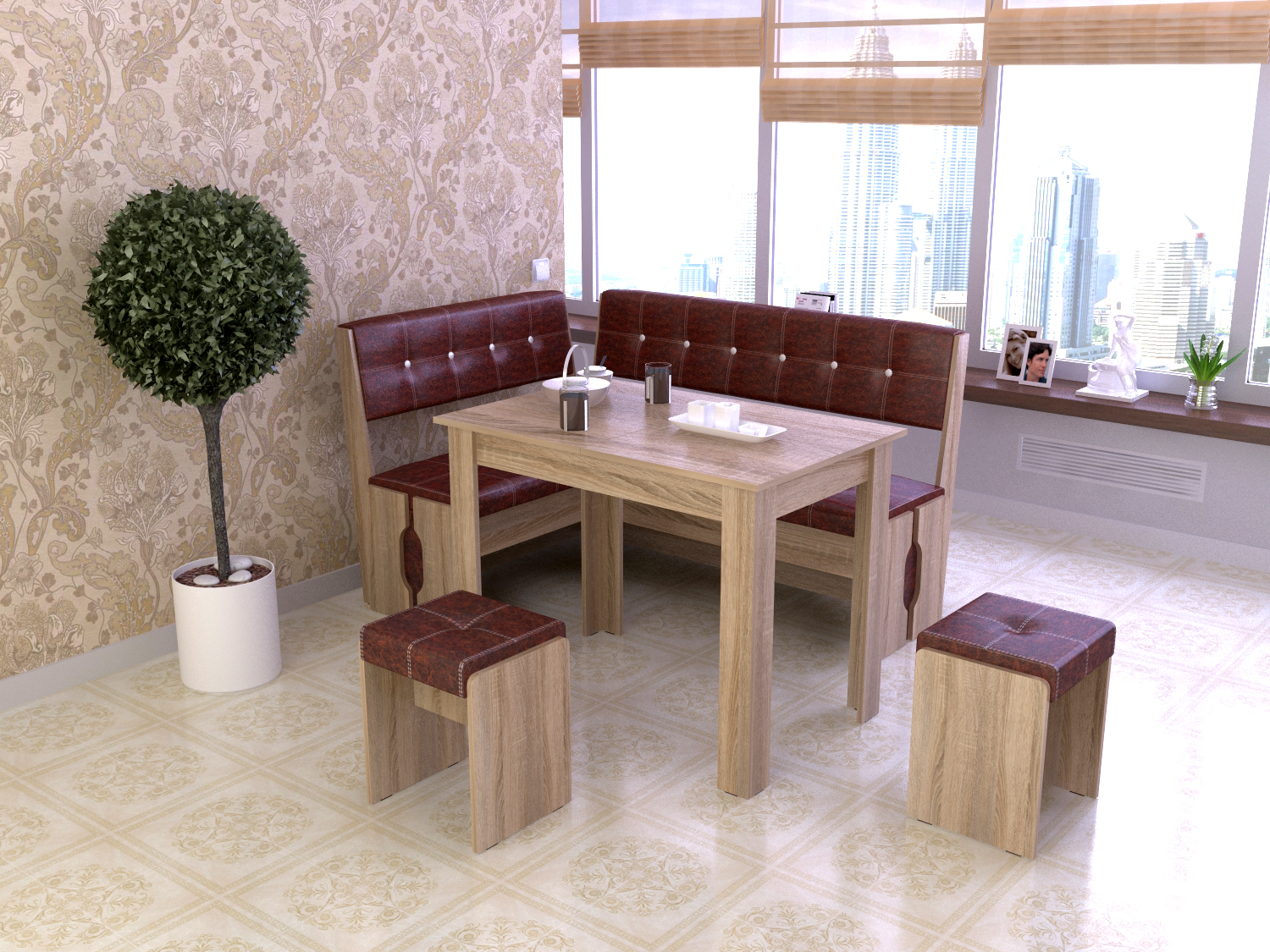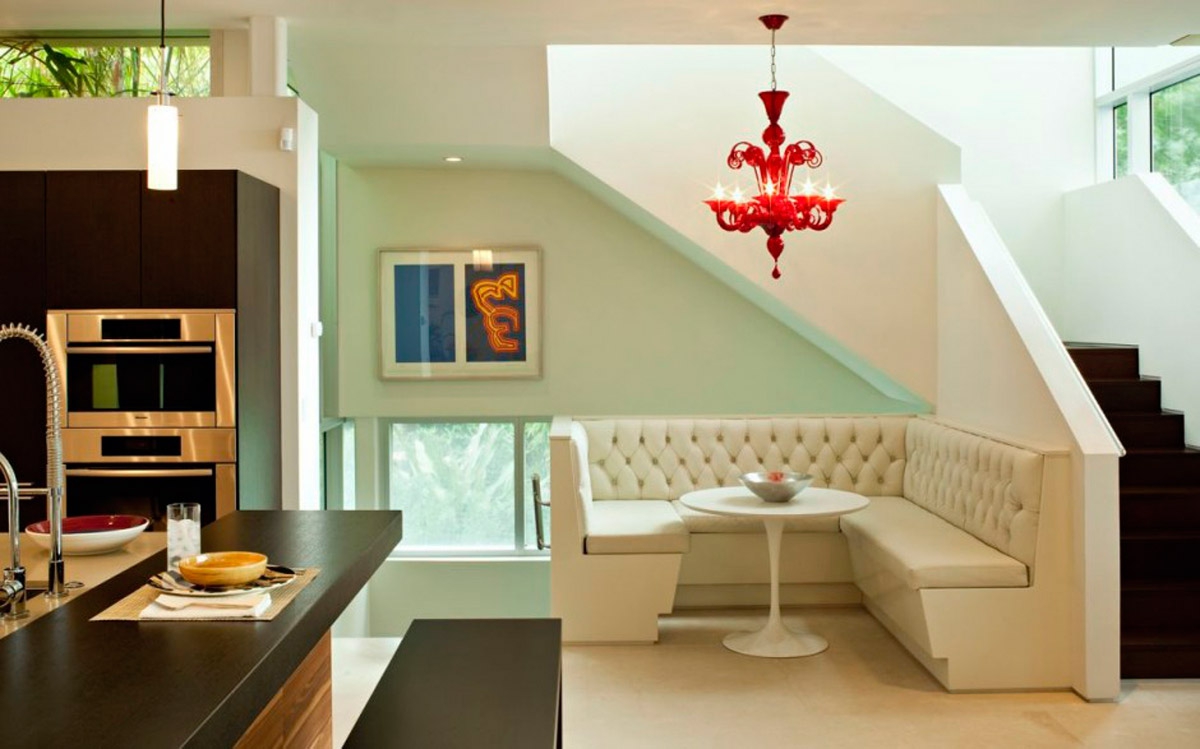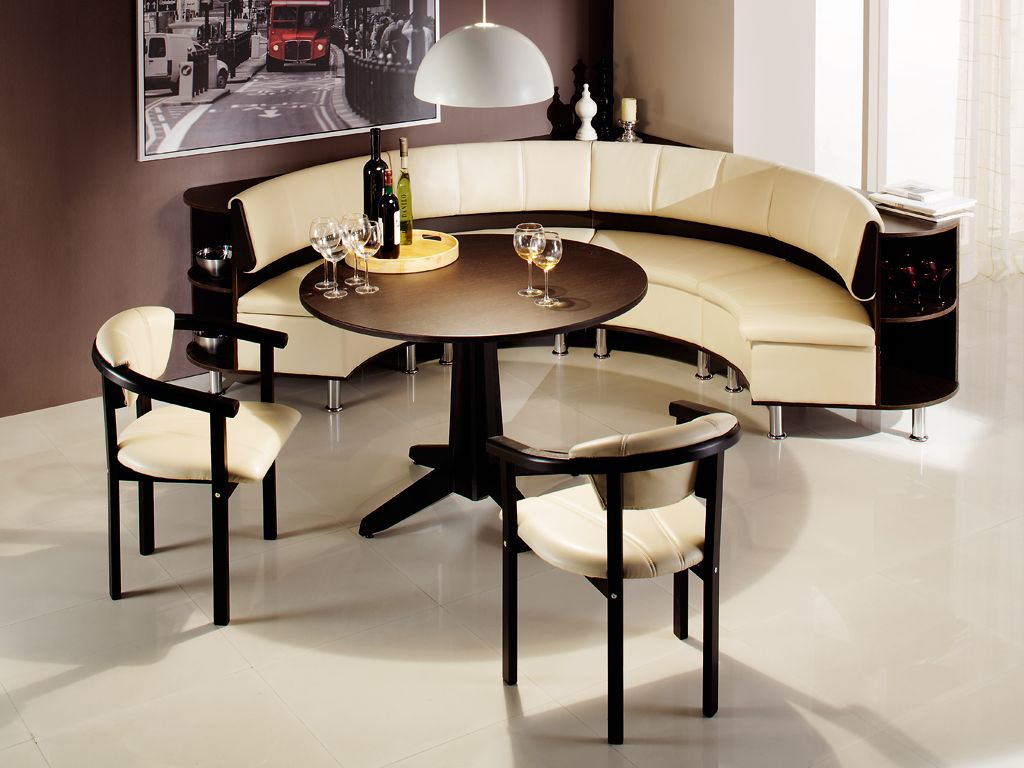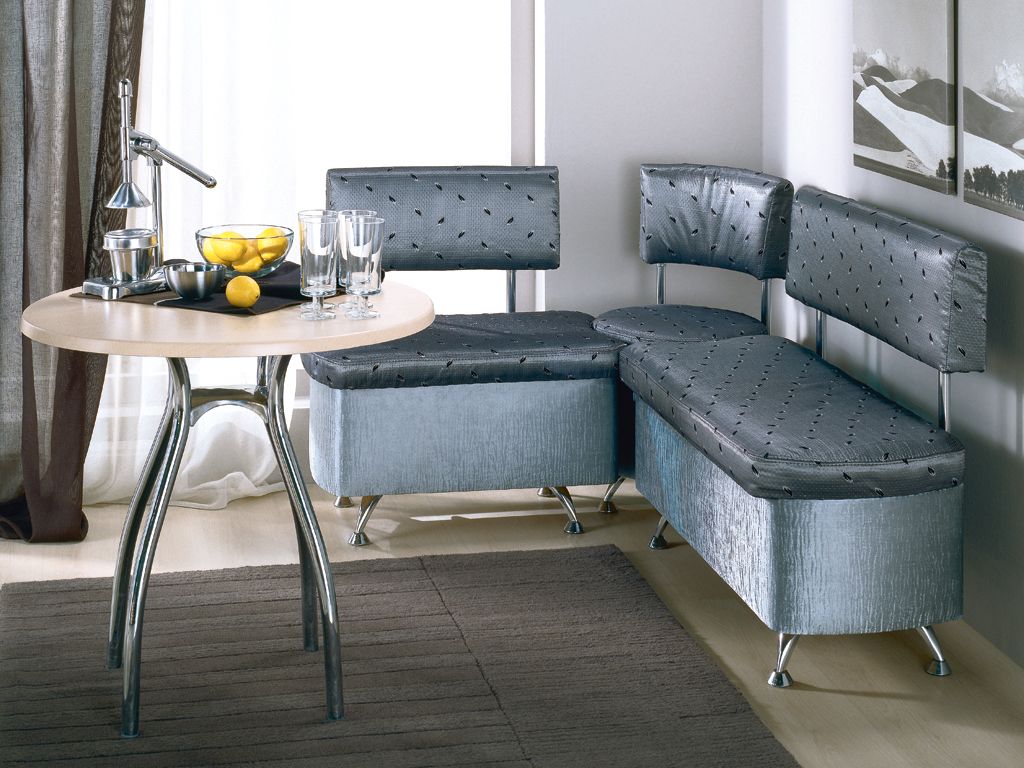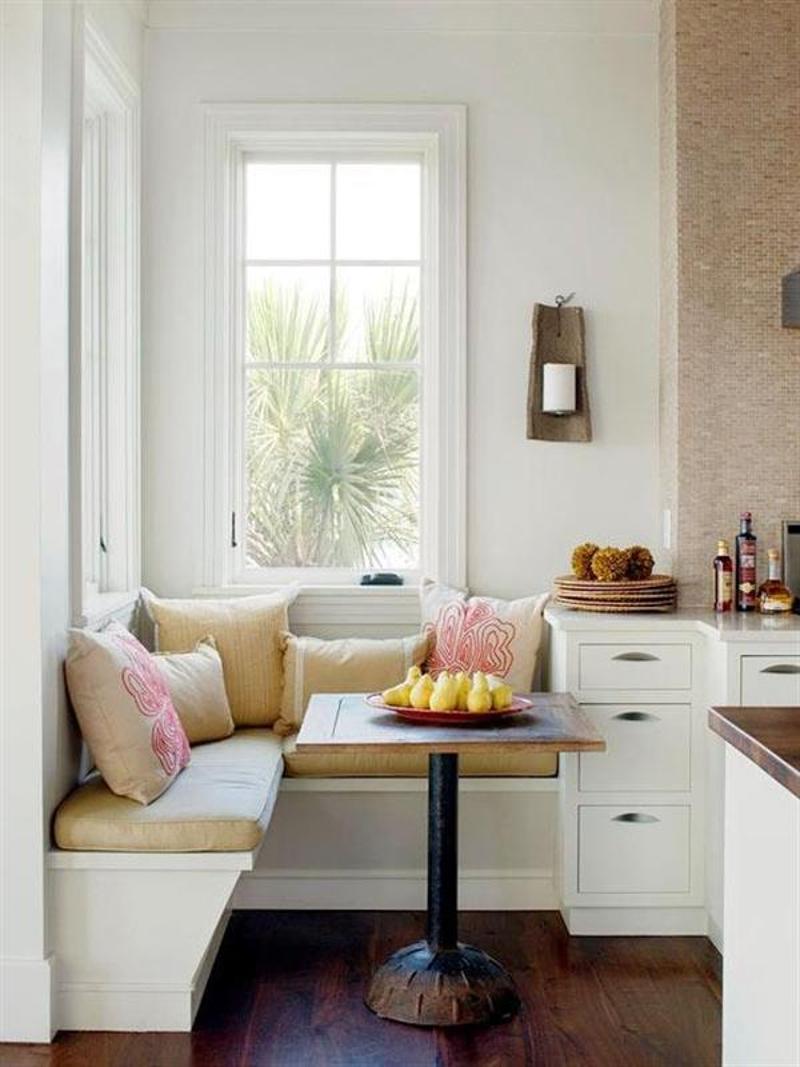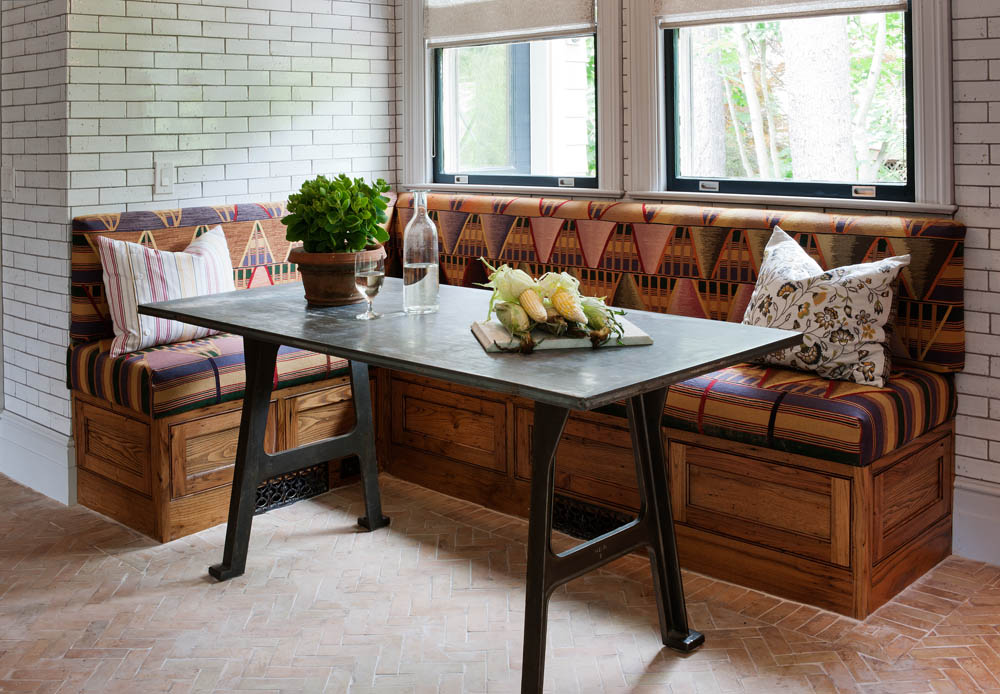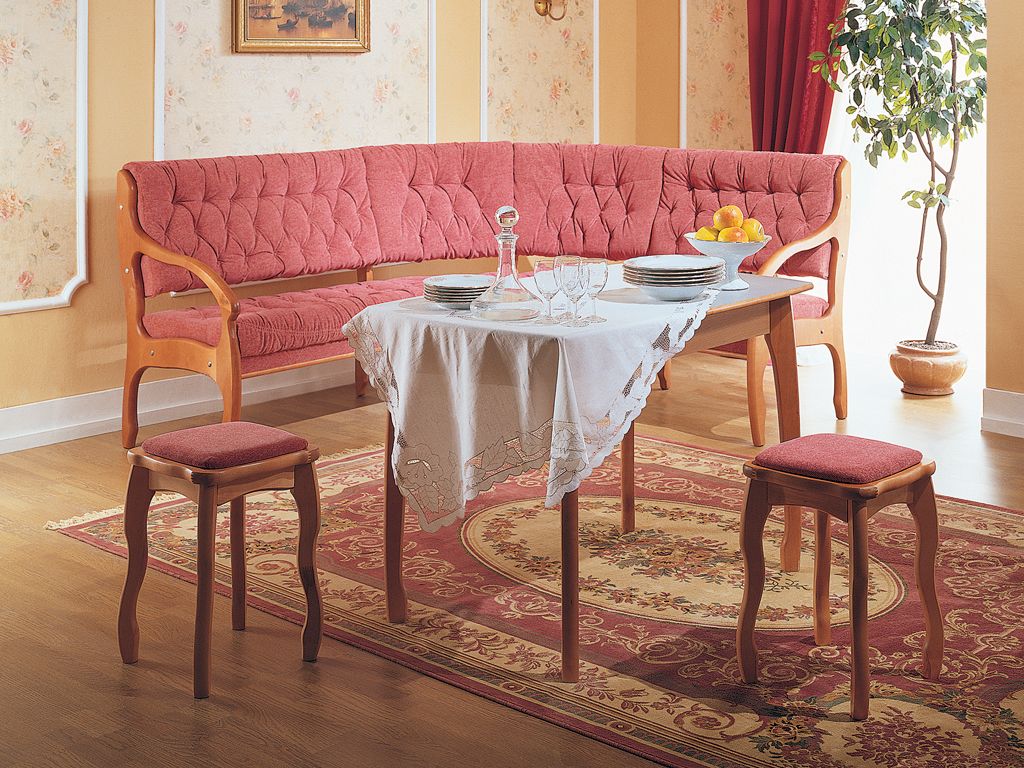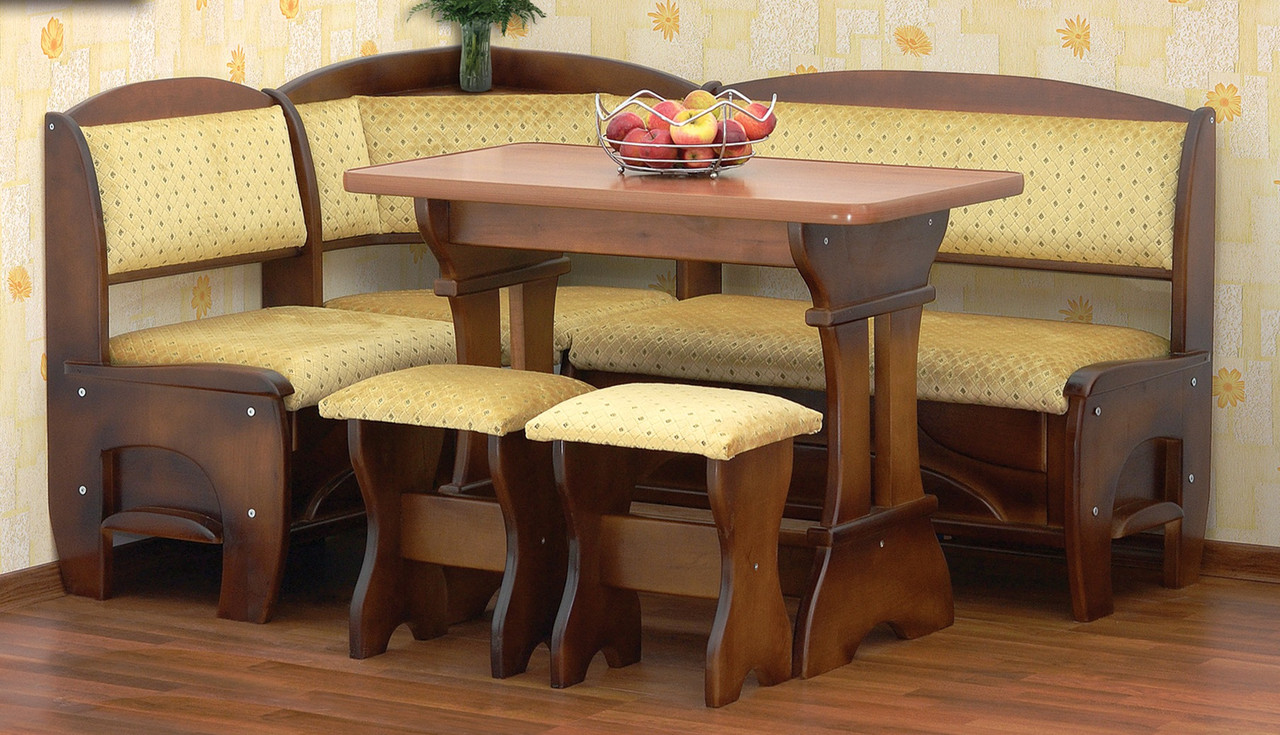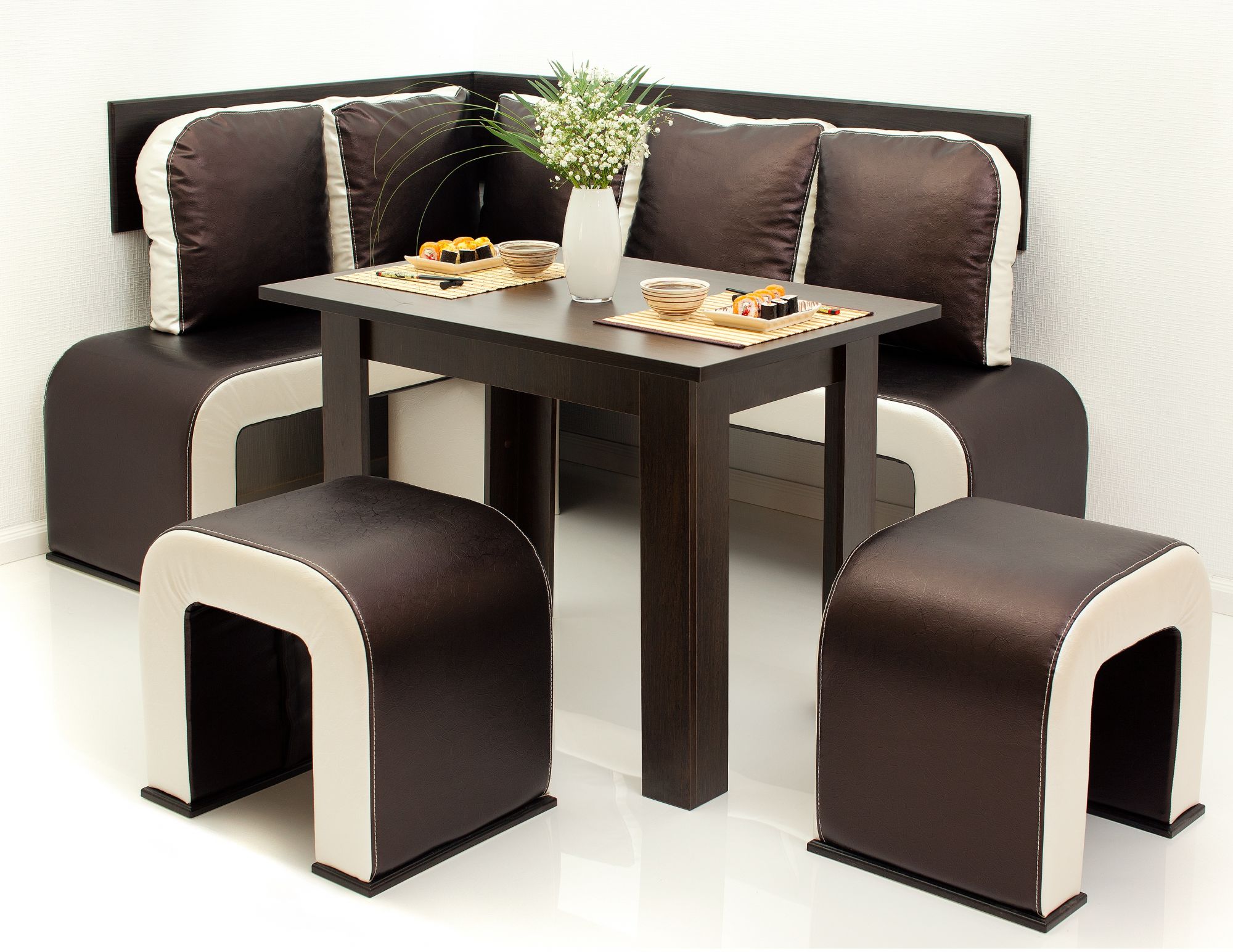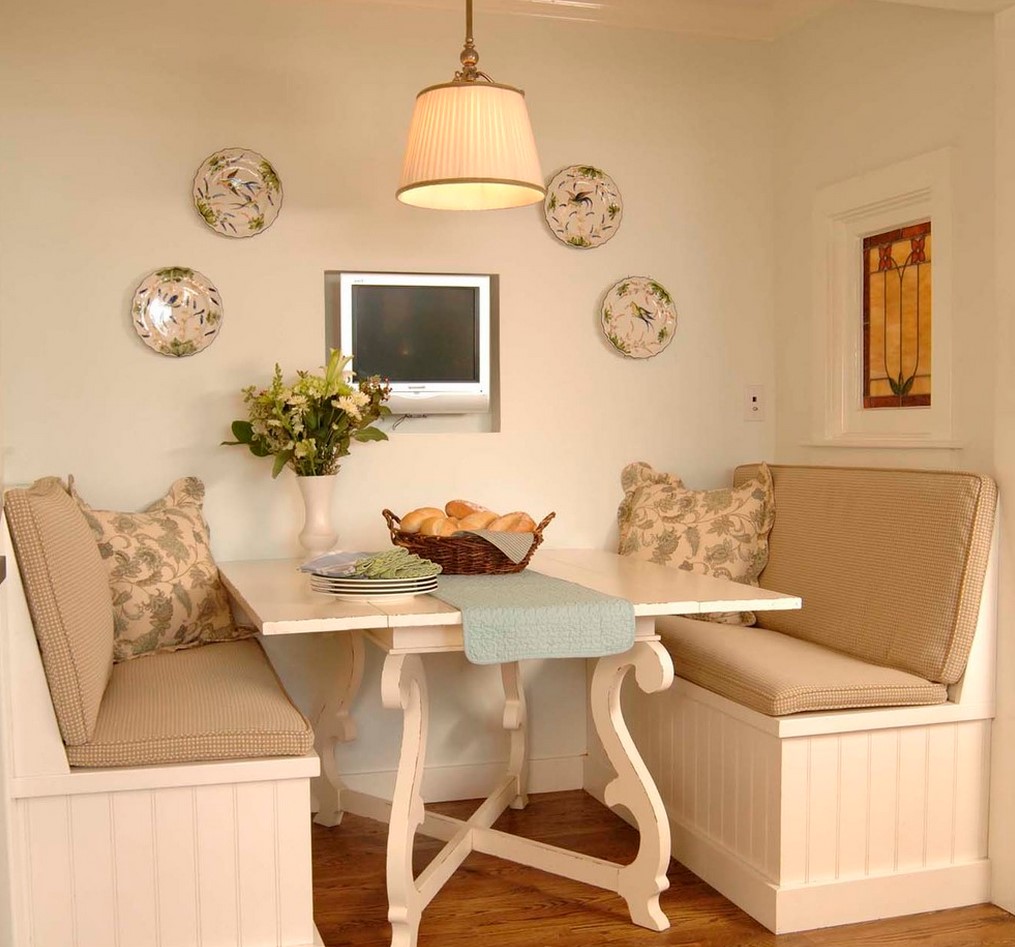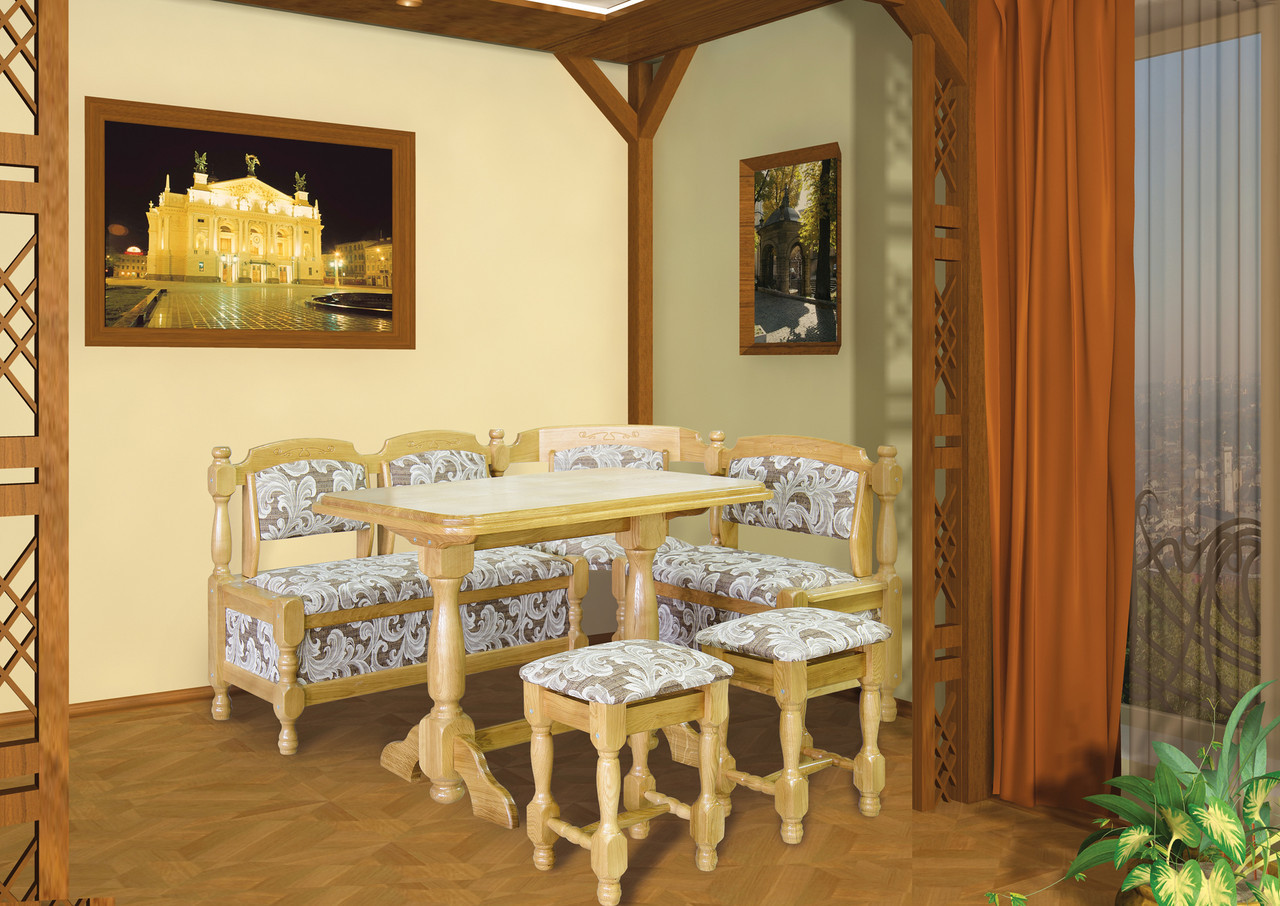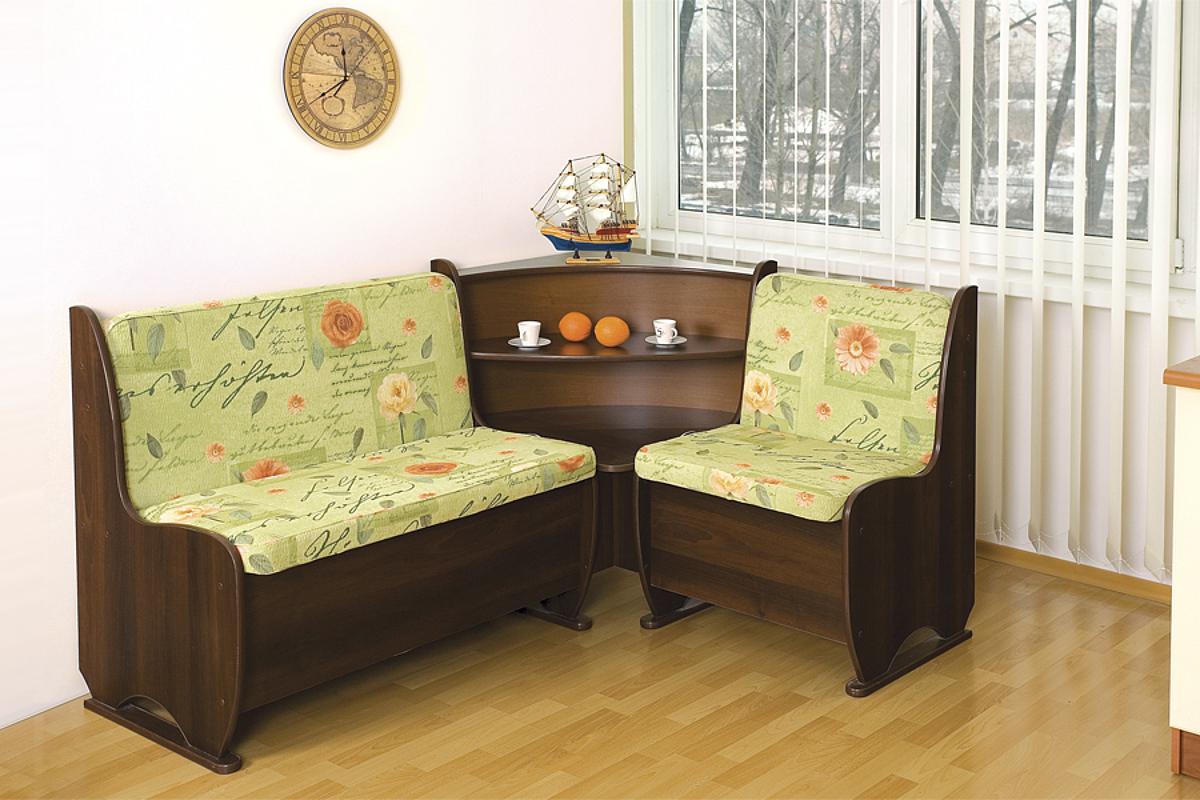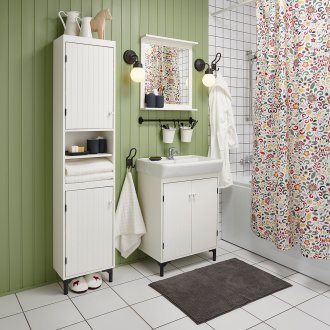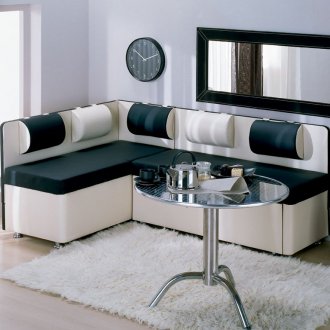Kitchen corners: from laconic classics to functional modernity (24 photos)
Content
If earlier a soft kitchen corner was a necessary measure in rooms with a limited area, now such furniture is often used in large kitchens. Moreover, the constructive and designer variety of modern products allows you to choose a model for any practical and aesthetic requirements.
Need to correctly adjust the space? Modular kitchen corners not only save space, but also make the interior more functional. Need to equip a small room and at the same time withstand the decor in the same style? Custom made kitchen corner for a small kitchen will solve this problem. There is no shortage of space, but would you like to add vibrant accents and diversity to your surroundings? Perhaps a kitchen corner with a bar is what you need.
The advantages of kitchen corners
Each type of furniture has its own advantages. At the kitchen corners, they are as follows:
- compact structure and specific geometry, which allow you to arrange the furniture set as conveniently and harmoniously as possible;
- the possibility of zoning space and the rational use of the latter;
- multifunctionality (depending on the model, they may have additional places for storing things, provide a berth, etc.);
- variety of materials and designs.
As for the shortcomings, they are simply not there. Someone may say that because of the unusual structure, such furniture is difficult to place in a narrow room. Wrong. If necessary, you can always make a kit to order, in accordance with the layout and parameters of a particular room or purchase a kitchen corner transformer. In fact, the possibilities of modern manufacturers are so wide that, if desired, you can choose an option for any room: for a small, medium, large kitchen, as well as meet the requirements of any style (Provence, modern, loft, etc.).
Traditional kitchen corners
The classic small kitchen corner includes L-shaped combined seats, usually for 2-4 people, a dining table and a couple of chairs / stools. Such kits can often be found in ordinary small-sized apartments. This is the best option for a small family.
Loggia and glazed balconies are often equipped with miniature corners. Such an original approach allows you to most comfortably organize an additional recreation area, and the compact structure of such furniture helps to fit it perfectly into a rather narrow space.
Often their design provides for the presence of hidden drawers for storing things - another significant nuance with a limited area. There are models in which additional shelves are located on the corner junction of the seats.
According to the designers, a kitchen corner with a round table on one leg will help to save a small space and correctly identify the zones in the room. As for the sofa itself, it is desirable that it be rectangular.Furniture of regular geometric shapes is easier to place in any room, while round, oval and other products of original designs require additional space.
A variety of materials, a variety of prices
The price range for such furniture sets is quite wide and includes both economy and premium models.
Any soft corner consists of 3 parts: frame, filler and upholstery. Although there are models without upholstery and without fillers, but they are most often used to equip public places (cafes, shopping malls, etc.).
Frame materials
So, the frame can be made of the following materials:
- Chipboard (laminated, veneered and lined);
- wood (spruce, pine, beech, birch, oak);
- combined version (can combine chipboard and natural wood or wood of various species).
The budget option is a kitchen corner made of chipboard. In order to improve product performance, manufacturers prefer laminated boards. Their price is slightly higher than conventional chipboards, but the appearance of the structure is significantly improved. In addition, this material is quite resistant to mechanical damage. Very beautiful kitchen corners are obtained from laminated and veneered plates, however, they cost an order of magnitude higher.
Next is wood. The most affordable are spruce and pine. To improve the characteristics of furniture and at the same time lower the price threshold, many manufacturers resort to various types of combinations. The modern assortment includes corners, the frames of which are made of chipboard and wood, as well as models made of several types of wood. It is logical that the most expensive are oak products. However, a kitchen corner made of solid pine looks no worse than oak and in its quality characteristics is slightly inferior to the latter.
Filler Materials
Now for the filler. The following materials are used in the kitchen corners:
- foam rubber and batting are the cheapest fillers with a very limited service life;
- polyurethane foam - an improved type of foam rubber, which is characterized by increased elasticity and the ability to quickly return to its original shape;
- Spunbond - 100% non-woven material consisting of polypropylene, retains its shape perfectly, distributes the load and has a long service life (often used for the manufacture of mattresses).
The life of any filler is affected by the degree of rigidity: the softer it is, the faster it will deteriorate. Hardness classes are indicated in the documentation for furniture products.
Upholstery Materials
And finally, the upholstery. Like filler, it must meet two basic requirements: strength and wear resistance. Upholstery is of the following types:
- genuine leather (has a lot of indisputable advantages and the same number of disadvantages: stylish kitchen corners with leather upholstery look perfect, focusing on the wonderful taste of their owner, however, in the kitchen such a coating will quickly lose its presentable appearance, moreover, this material is the most expensive);
- eco-leather (wear-resistant, hygroscopic and elastic material made from polyurethane - the best alternative to genuine leather);
- leatherette (characterized by a long service life, low price, ease of care and a spectacular appearance, but may crack over time);
- non-woven coatings (microfiber, flock);
- woven coatings, including natural (chenille, velor, plush) and synthetic (scotchguard, jacquard, tapestry) materials.
Ecoskin is considered the best option, especially since with its help you can create the most realistic imitations of various coatings.
For a classic interior an excellent option would be a kitchen corner wenge, mahogany or beech.For Art Nouveau or Bohemian style, you can choose something more original, for example, a contrasting combination of bright colors.
Some fabrics differ in the percentage of materials and may include natural ones along with artificial components. This can be a tapestry, chenille, etc. Each type of upholstery has its own characteristics.
The fabric corner in the interior is a classic of the genre, which is perfect for the Provence style. However, given the diversity of modern materials, non-woven coatings such as microfiber and flock are ideal for kitchen furniture. Firstly, they are easy to care for, and secondly, they have water resistance and increased abrasion resistance.
Kitchen corners of custom designs
Such familiar at first glance furniture today can have a wide variety of designs. The modern assortment includes original kitchen corners without backs, sets made in various styles, from country to hi-tech, graceful wooden carved models, rounded and rectangular modifications, not to mention that there is a special category of multifunctional kitchen furniture: sliding and folding corners with berths and additional compartments for storage of things.
Types of kitchen corners can be divided into the following groups:
- models of a standard complete set - a kitchen corner with a table and chairs - are ideally suited for large and medium kitchens;
- modular systems, as a rule, consist of separate elements, the position of which, if desired, can be changed, for example, individual seats;
- folding kitchen corner-transformer provides for a berth;
- the last group can be called "simplified versions of kitchen corners" and include varieties in which there are no tables and / or chairs, and the design itself has a very concise structure.
It should be noted that most of the models require compartments for storing things that are directly under the seats. The differences lie in their spaciousness and opening method. They can be suspended or floor and can be opened either simply by raising the seat or using a retractable mechanism. For a small room, a kitchen corner with drawers of a stationary type is more suitable, since it will be inconvenient to push them out.
A kitchen corner with a berth or with a folding table will help expand functionality and rationalize the atmosphere of a small room. This option is increasingly preferred by owners of small apartments and studios.
Modular kitchen corners are also called upon to solve the problem of lack of space. As for the aesthetic component, the design variety of modern models is so wide that it is not difficult to choose the right option. Moreover, the assortment of many manufacturers includes furniture sets, designed for certain stylistic directions.
Furniture in the Provence style will add elegance and lightness to the atmosphere, and the predominance of white, gray and beige colors in combination with gentle calm shades will create an atmosphere of comfort and tranquility in the room. A wooden kitchen corner will become a harmonious addition for country, and a multifunctional transformer will be an ideal option for minimalism.
The times of standard forms have long receded into the past, due to which it is now possible to competently and as comfortably equip any room, especially since fashion trends keep pace with technological progress: kitchen corners without a berth and with it, with and without chairs, original and classic designs, a variety of colors and functionality.
Creating a unique and comfortable interior is much easier than it seems.It is enough to familiarize yourself with the assortment and you will definitely find the ideal option, and if not, you can always create your own model to order.
